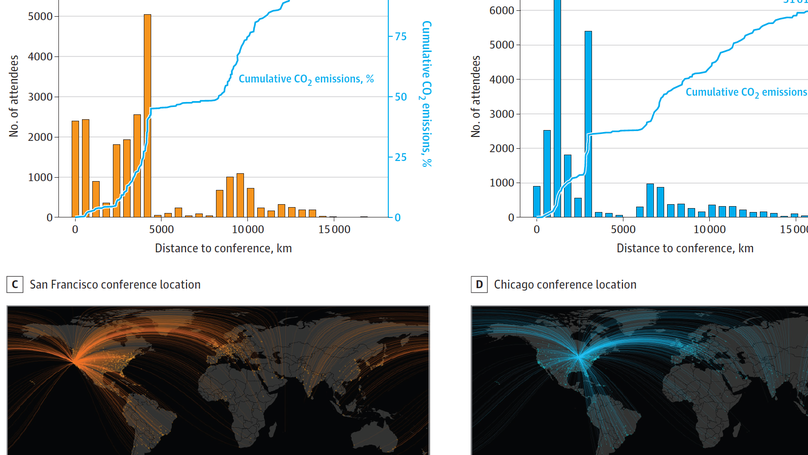Alec Stashevsky
⇟
About Me
Technical leader with a track record of shipping machine learning / AI solutions at scale. I love building things people use, and I’m passionate about interdisciplinary research and application. Currently, I am leading teams working at the crux of computer vision, natural language understanding, and graph machine learning.
When I am not thinking about graphs and transformers you can find me snapping shots on my Yashica T4 Super D, hiking, and making pottery.
- Graph Machine Learning
- Search and Recommendation
- Inequality and Development
- Occult Economies
- Place-making, Migration, Mobility
- Spatial Politics
- Anthropology
- Decarbonization
-
B.A., Mathematics-Economics
Reed College
Recent Posts
Publications

We found the 2019 American Academy of Ophthalmology Annual Meeting was estimated to emit more carbon than what is used to power over 5000 homes in a year. Our research looks at various strategies and finds simply holding the meeting in a different location could reduce it by as much as 19%, other formats may cut it by 38%.
Experience
Leading four teams responsible for Core Ranking, Ranking Systems, ML Platform Engineering, and Measurement.
We build and deploy solutions touching computer vision, natural language processing, graph machine learning, semantic search, and entity resolution.
Lead partnerships with open-source and academic communities including Stanford University, Hugging Face, PyTorch, PyTorch Geometric, AWS SageMaker, and Streamlit.
Build probabilistic financial models using Markov chain Monte Carlo methods, random matrix theory, and time-series forecasting.
Identify, explain, and value litigation involving mortgage-backed securities (RMBS), collateralized debt obligations (CDOs), swaps, and other derivatives underpinning trillions of dollars in assets.
Provide evidence and expert economic testimony for Fortune 500 companies, SEC, DOJ, and FINRA.
Forecast electric vehicle diffusion, demand elasticity, and electrification for budgeting hundreds of millions of dollars under diverse energy industry clients’ management.
Design difference-in-difference models, demand-elasticity programs, and causal inference mechanisms to provide gold-standard reporting to regulators and operators responsible for most of the United States energy supply.
Deployed recommendation systems and probabilistic engagement models (pCTR, pConversion) for targeted ads and notifications systems that led to 8% reduction in CAC.
Certifications
Tools I Use
Contact
- Los Angeles, CA
- Book an appointment








